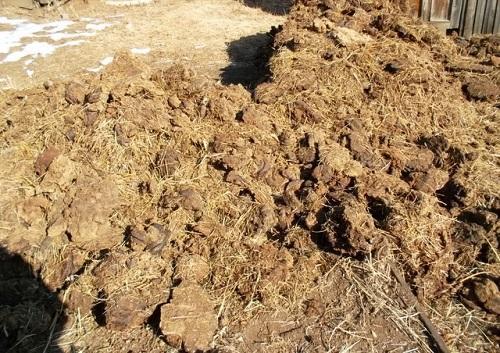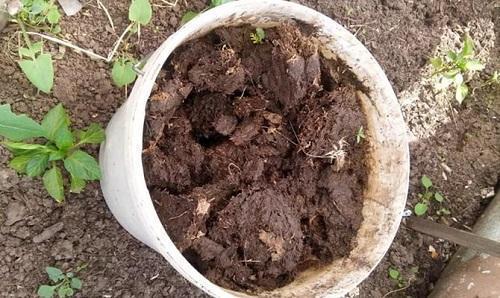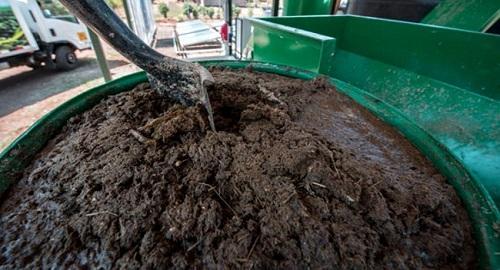Mullein as fertilizer: types, use
Mullein is a natural organic fertilizer obtained from the waste of large animals. In its composition, it is not inferior to store-bought mineral preparations and can be used for feeding almost all crops.
The composition and types of mullein
Thanks to the nutrient contained in this fertilizer, the plants receive adequate nutrition. The basis of the mullein is:
- phosphorus;
- nitrogen;
- calcium;
- potassium;
- magnesium.
Depending on the type of mullein and the additives included in it, it comes in the following forms:
- Litter.
- Fresh litterless.
- Slurry.
In addition, gardeners who do not have the opportunity to obtain such fertilizer on their own can always purchase concentrated factory mullein (liquid or dry) in specialized stores.
Mullein can be used to fertilize fresh or rotted plants, taking into account the peculiarities of use.
Bedding mullein
It is animal waste mixed with one of the following types of bedding:
- Peat - increases the content of ammonium nitrogen, which is better absorbed by crops, in contrast to simple nitrogen.
- Straw (hay) - increases the content of potassium and phosphorus, and also contains magnesium, which is effective for plant productivity.
Such mullein should be added to the compost or applied to the soil during autumn dressing (after harvest).
Fresh bedless mullein
Clean waste without litter in the form of a thick solution. Contains 2 times more nitrogen than the previous type. It is good to use for liquid fertilizer used for root dressing of garden crops, as well as trees and shrubs.
Slurry
Mullein in liquid form with a high content of potassium and nitrogen. Can only be used after two weeks of fermentation. Dilute the fermented infusion with water in a 1: 2 ratio and mix with 50 g of superphosphate.
Features of using fresh mullein
Fresh mullein can be introduced into the soil only in the fall. Before digging a site, once every two years, it must be scattered over the beds at the rate of no more than 40 kg per 1 sq. m.
Spring fertilization before planting crops is not allowed, otherwise they will die.
But fresh mullein is very good to use in spring for bookmarking cucumber beds - it will warm up the soil. You can also prepare a liquid fertilizer from it by diluting 1 part of a mullein with 4 parts of water. After 5 days of exposure, dilute the infusion 1: 4 and water the plants with it, excluding only such crops:
- root crops (except beets) - after feeding fresh manure the pulp becomes hard, and the shape is disfigured;
- legumes - grow more foliage than fruit;
- Chinese cabbage and kohlrabi variety - the forks becomes tight;
- onions and garlic - grow poorly and begin to hurt.
Features of using humus
Unlike fresh mullein, rotted mullein is best introduced before the spring digging of the garden. For 1 sq. m. plot enough 4 kg of humus. It also makes an excellent mulch for garden trees, ornamental shrubs and berry plantations.